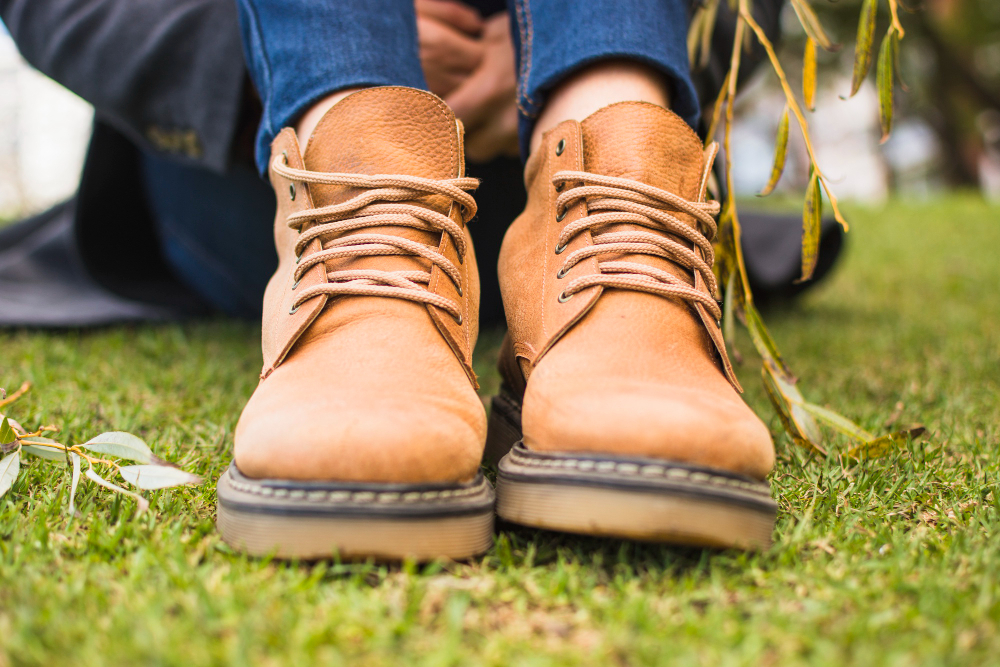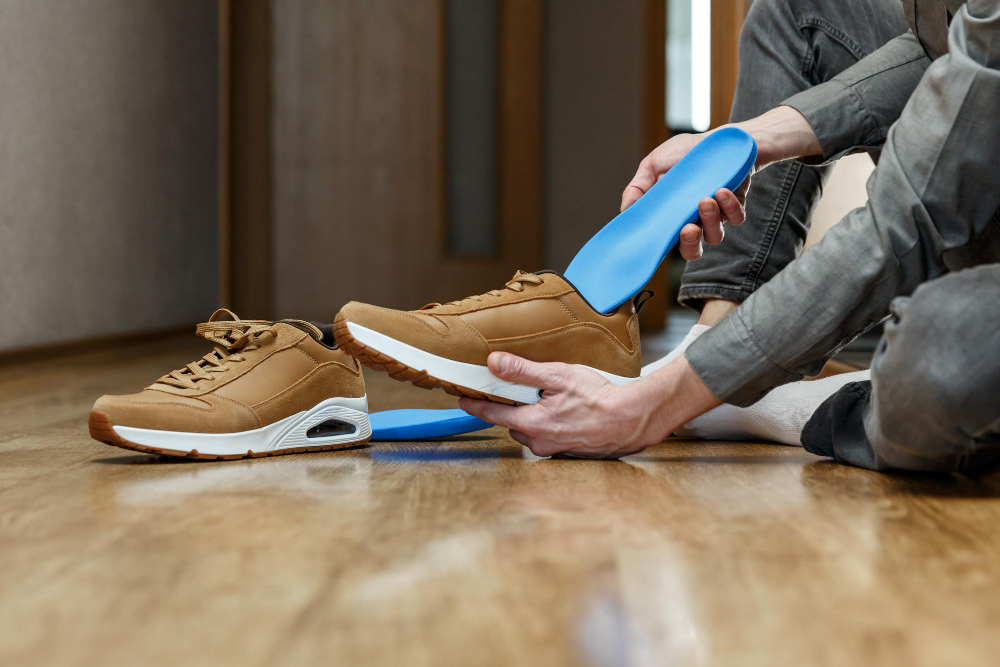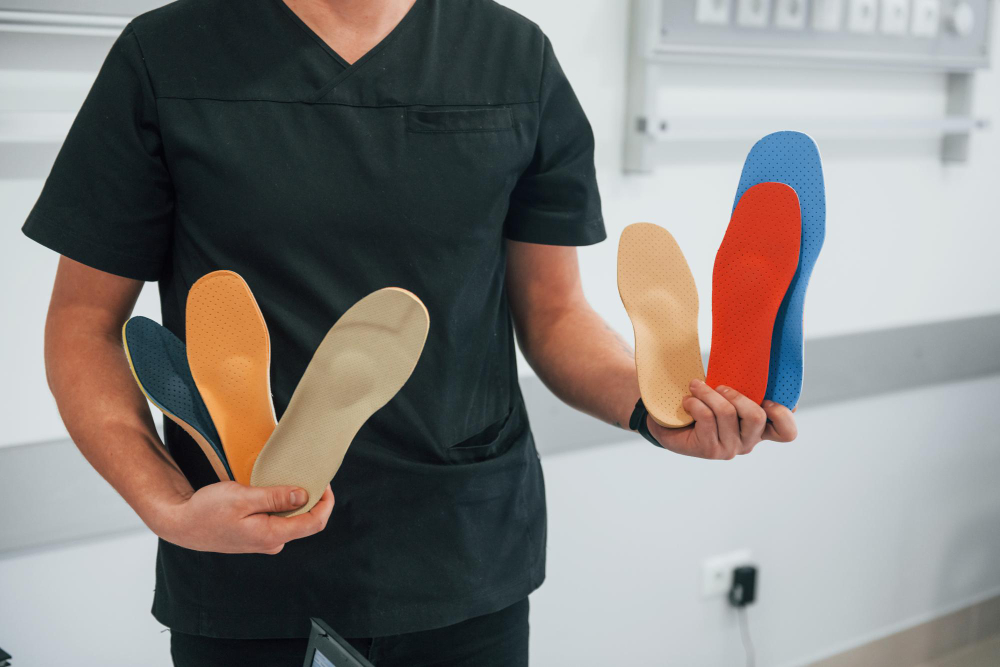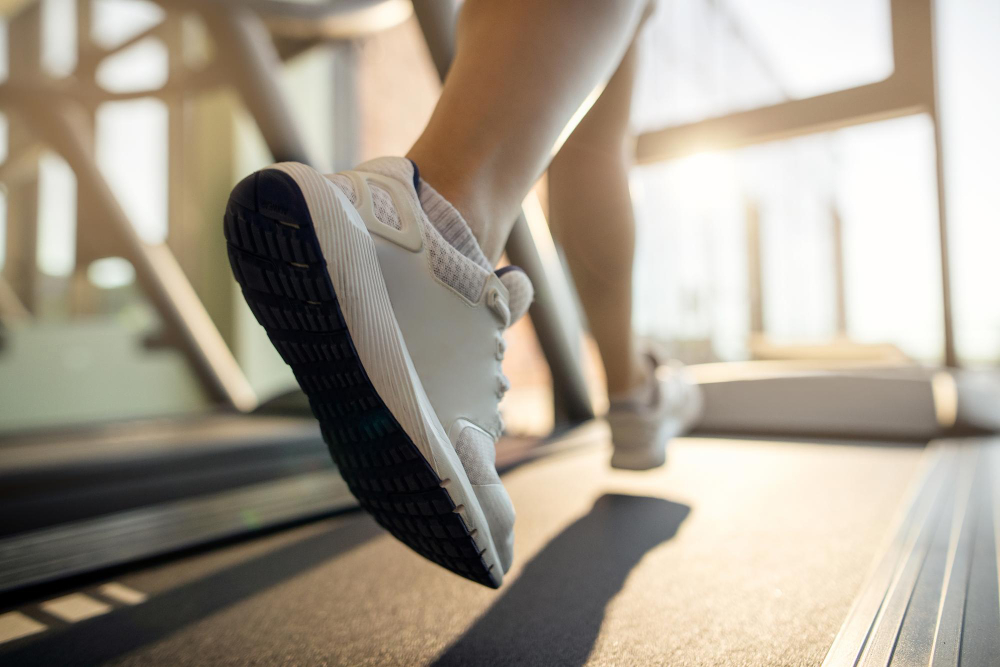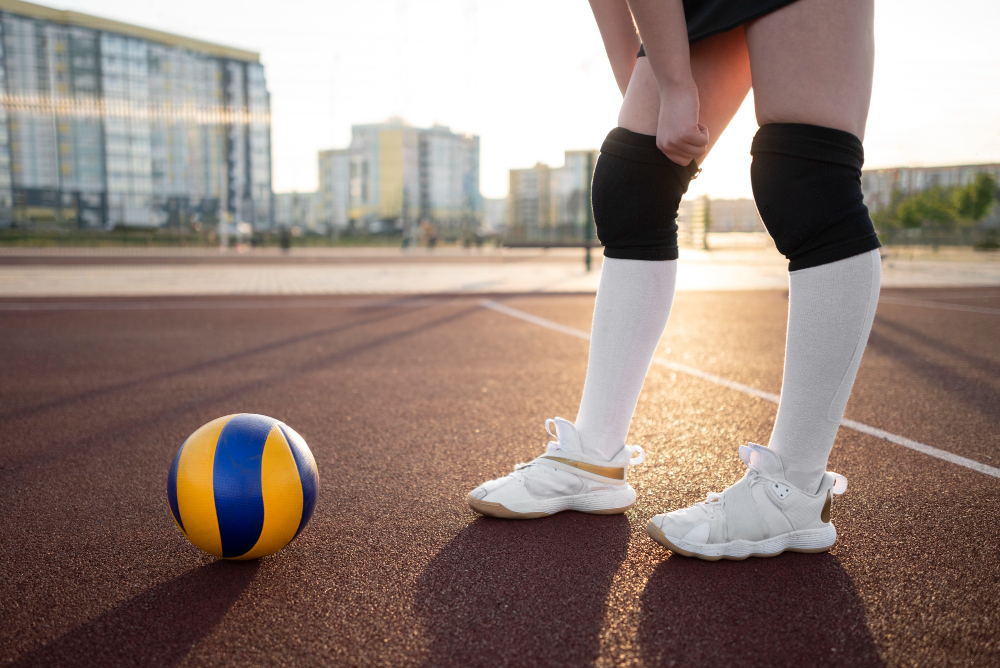Ice Hockey, Injury Prevention and Foot Orthotics
Ice hockey is one of the world’s most popular sports, and participation in amateur ice hockey is now at record levels as more men and women join in each year. Hockey can be a dangerous sport, and lower extremity injuries account for approximately 27 per cent of all hockey injuries. In addition to acute injuries sustained as a result of trauma, hockey players are vulnerable to a variety of overuse injuries including:
Plantar fasciitis
The plantar fascia is the connective tissue originating at the heel and extending to the base of the toes that supports the arch of the foot. The fascia tightens nad stretches each time the foot is used, which makes it prone to overuse injuries, particularly when the arch isn’t supported by an adequate device. Overpronation is also a leading cause of the condition, which can cause intense pain on the inside of the heel and along the arch.
Shin splints
Shin splits are a painful condition caused by small tears in the connective tissue that attaches the muscles to the tibia. Compression sleeves can be used to increase circulation in the area and promote healing. However, the underlying causes of the condition must be addressed to prevent further injury. Overpronation, a leading cause of shin splints, can be corrected through the use of custom-fitted orthotics.
Achilles tendinitis
Achilles tendinitis is a painful condition caused by inflammation of the Achilles tendon, which connects the calf muscles to the heel bone. Improperly-fitted skates and too-tight laces can exacerbate this condition. Tendinitis as a result of overuse is common in athletes and younger people, particularly in high impact sports and after sudden increases in the amounts or intensities of an activity. Very tight calf muscles can also aggravate the tendon and lead to increaed inflammation. A shoe orthotic can be used to lift the heel and reduce strain on the tendon.
Orthotics and Injury Prevention
The act of skating stress on the sides of the feet as well as on the arches and ankles. Many skates lack the proper foot support to compensate for biomechanical imbalances in the feet, which can increase the risk of injury and discomfort. Hockey players with overpronating feet are susceptible to a variety of different conditions and potential injuries.
Properly-fitted hockey skate orthotics can help to reduce fatigue and prevent injury by realigning the biomechanical structures of the lower body. Properly aligned foot mechanics are essential to distributing pressure throughout the foot more evenly, which can help hockey players to harness power to their legs and increase the precision of a player’s skating technique.
Custom orthotics can help hockey players who have difficulty turning in a particular direction, who struggle to maintain an outside or an inside edge, who have weak crossovers, chronic knee or lower back pain. Knee meniscus tear and hip labral tears are amongst the many injuries that can occur as a result of overpronating feet.
Older athletes are at a greater risk of injury as a result of decreased physical conditioning and diminished healing potential. When combined with a strengthening and stretching program, orthotics can be used to prevent a reoccurence of painful injuries associated with various biomechanical foot imbalances.
Make sure to bring your skates with you to your evaluation so that your orthotics provider can ensure a proper fit. If you are purchasing new skates, your orthotics technician may be able to advise or recommend specific brands of skate suitable for your foot shape.

